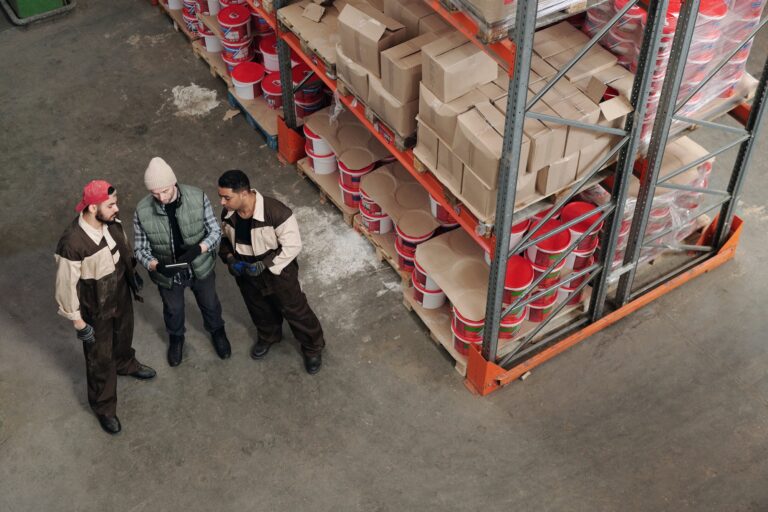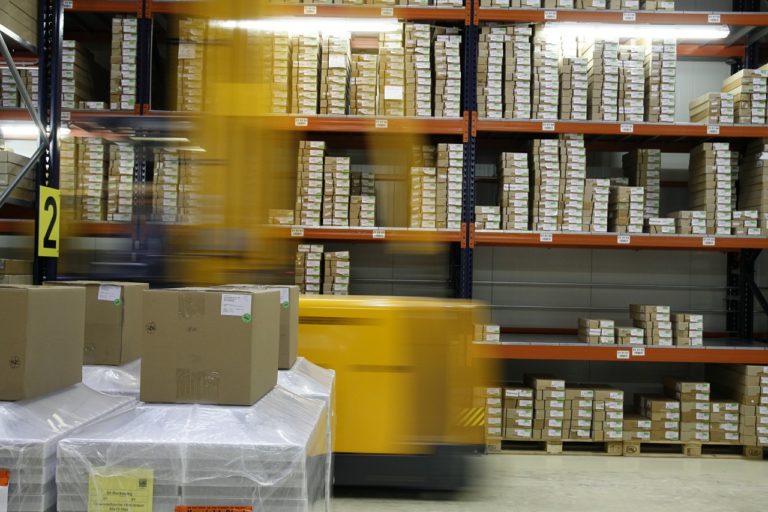4 Ways to Start a Commercial Craft Brewing Business
If you want to start your own commercial craft brewery, there are several factors you should take into account.Starting a commercial craft brewing business requires passion for craft beer, understanding of brewing process, as well as knowledge of laws and regulations.
As part of the process, you might want to consider using an online legal service like LegalZoom, which can help you with setting up your company, registering trademarks, and more. Before you choose, it’s wise to look at some legalzoom reviews to get a sense of the quality and reliability of their services, ensuring that the legal aspects of your brewing venture are in the right hands.

4 Ways to Start a Commercial Craft Brewing Business
Cost of equipment
The cost of commercial craft brewing equipment can vary greatly. Some of the smallest equipment costs around $600, while others can cost up to five thousand dollars. There are a number of factors to consider, such as whether the equipment will be used or new. While used equipment is likely to be cheaper, it should be of good quality, and in good working order, you can find online brewery equipment auctions to help you out.
The cost of commercial craft brewing equipment depends on the size of your brewery. A small 2.5-barrel system will require a minimum of 250 square feet of space, while a medium-sized 15-barrel system will take up to one thousand and one-half square feet.
Most brewing equipment is made from stainless steel, which can last for 30 years with proper care. Click here for the EPA’s recommendations on how to properly clean stainless steel. To help you make the best choice, it’s helpful to check your business plan.
Buying brewing equipment can be costly, but the cost amortizes over several batches of beer. A stainless steel or enamelled eight or ten-gallon kettle, for example, will cost approximately $100.
Kegs will need to be cleaned before you can sell them, but larger brewers will most likely need a keg washer. Keg washing machines can be as little as $300.
The cost of commercial craft brewing equipment can vary depending on the size and complexity of your brewery. Small-scale brewing equipment can cost as little as $100,000, while a large-scale brewery can cost up to $1 million. A reputable company like ABS Nevertheless, it’s worth investing in equipment for your microbrewery with an eye to the future.
Cost of training courses
The cost of commercial craft brewing training courses can vary widely. Some programs are free and others cost thousands of dollars. These courses may be short or long and include online course units, hands-on training, and test preparation.
There are a variety of online courses that can be purchased to learn about beer making. You can also attend free webinars and use self-study modules to learn about different brewing processes. Depending on your level of expertise, a self-guided online course may be just right for you.
The Institute of Brewing and Distilling in London offers a General Certificate in Brewing, which requires 66 to 70 credits. This course is split into eight online modules. In addition to the course material, students will also need to attend an internship in a brewery. The course ends with an exam, which is done online under the supervision of the IBD.
Brewing courses are best suited for entry-level beer enthusiasts who want to learn the fundamentals of brewing. The curriculum provides practical training in fermentation, filtration, and packaging. Click the link: https://www.britannica.com/science/fermentation for more information about fermentation.
The certificate program can be completed in 12 to 18 months. Students must be at least 21 years of age to attend. The courses also cover the mathematical aspects of brewing, materials control, and the development of a beer recipe.
Goals of a commercial craft brewery
When starting a commercial craft brewery, it is vital to know your goals. You must decide what your brewery will be known for, what customers will want to buy, and where your business will be located. You should also consider the startup costs and basic infrastructural requirements. Make sure to compare these to your available funds. If necessary, you may need to take out a small business loan.
The next step is to prepare a detailed business plan. This plan must include your business plan, executive summary, and market analysis. The executive summary should not exceed one page and outline the major points of the plan. Click the link: https://www.sba.gov/business-guide/plan-your-business/write-your-business-plan for a guide on how to write your business plan.
The business overview should contain basic information about the business, such as the legal name, address, and contact information. The market analysis section should detail statistics on the market and provide details on the demand for breweries in your area. You should also list your competition. You will have direct and indirect competitors, so it is important to make sure you have a detailed list of all of them.
You may want to sell your beer in local restaurants or grocery stores. Your business plan should contain realistic goals, and you should work to achieve these goals within a reasonable timeframe. Setting quarterly benchmarks is also helpful. This roadmap can help you to make sure your brewery is on track for success.
After creating a business plan, you can proceed with marketing and fundraising. A well-developed business plan will help you develop a reasonable growth strategy and outline how the brewery will operate over the next five years. A well-written business plan should include an executive summary, SWOT analysis, financials, forecasts, and marketing plan.
Growth of the industry
The growth of commercial craft brewing is expected to continue over the next decade. In the past decade, the craft beer industry has grown rapidly, and it is expected to continue to grow in the next decade as consumer preferences evolve.
As the industry grows, it will benefit from the experience of seasoned craft aficionados as well as from the evolving palates of new craft drinkers. In 2018, the number of new craft breweries opened in the United States increased by 94%, compared to a mere 6% in the five years before that.
The growth of commercial craft brewing has also helped to create more jobs. The decline of the multi-national brewing industry has created a more entrepreneurial environment. Small breweries have access to information and networks that were previously unavailable to them. As a result, they have built a strong customer base.









